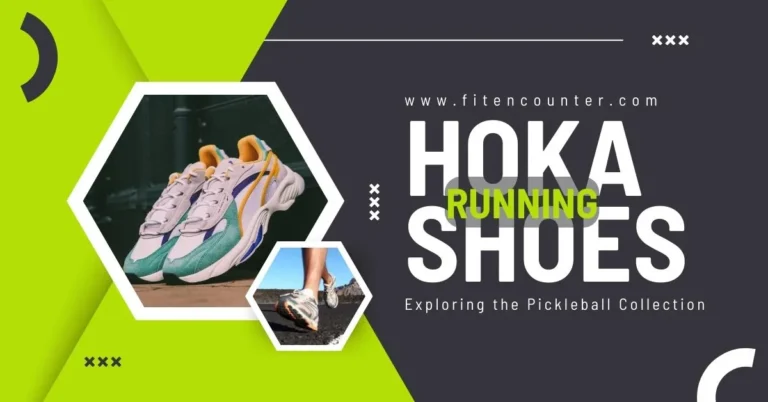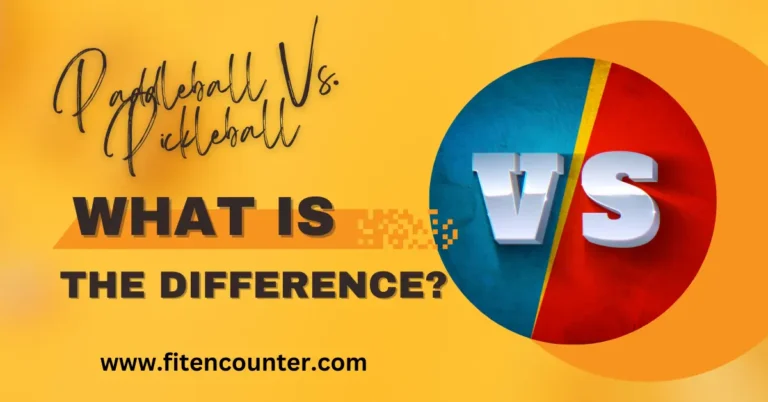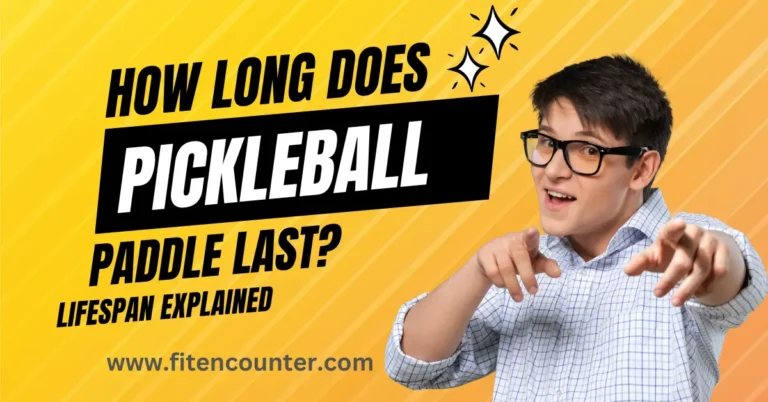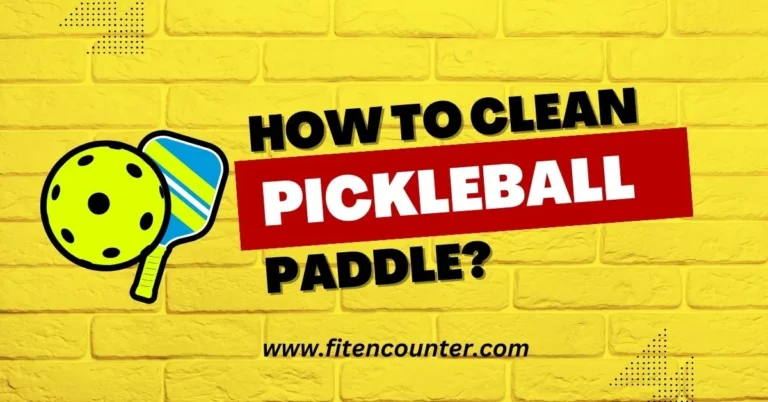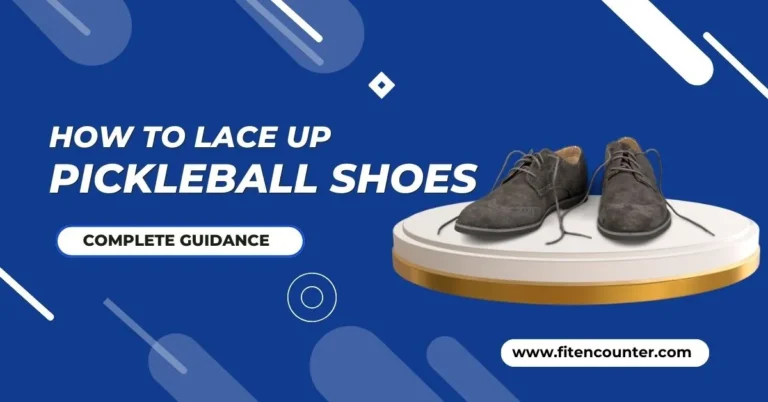How To Grip A Pickleball Paddle? Different Ways Explained
After following a long career in Pickleball, I have noticed an essential thing in the game: The Grip of the Pickleball Paddle. It has minimal impact on the game and massively affects your overall gameplay. Once you have found the perfect grip to play around with, you can be confident that you’re on the right track!
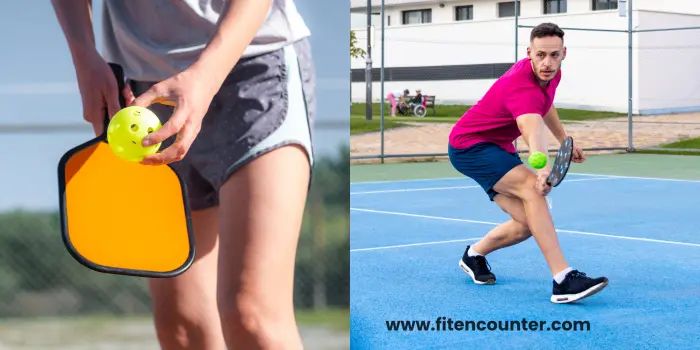
In this guide, I have compiled all the types of Pickleball grips players like to use. All these grips have their pros and cons, which I will cover. I will also walk you through different techniques to successfully change your grip in-game and build a firm Grip on your Paddle. Let’s get started.
3 Types of Pickleball Grips: Best Ways to Grip Tightly
Here is a detailed analysis of the three different Pickleball Grip Styles. Every player has their favorite type of Grip, and each has pros and cons. Let’s go over all the extra grip types and see how they affect your game:
1. Continental Pickleball Grip
This is like holding your paddle like a hammer. It’s known as the Continental grip because you grip it near the top of the handle, creating a V shape with your thumb and finger.
How to do it? Put your pointer finger’s knuckle on the right side of the flat part of the handle. This grip gives you strength for hits.
It’s great for hitting the ball powerfully with your backhand, and you don’t need to change your grip between shots. It’s also the best pickleball grip for sweaty hands. On the flip side, Forehand shots might not be super strong, but many gamers love this grip.
2. Eastern Pickleball Grip
This grip is like holding your paddle, like giving a handshake. It’s called Eastern Pickleball Grip because it’s a familiar and easy way to keep the paddle.
How to do it? Hold your hand for a handshake, then wrap your fingers around the paddle. Your pointer finger’s knuckle goes on the second part to the right.
This grip feels natural and comfortable; you can hit different shots without changing your grip. It might not be best for advanced spins, but it is a solid choice for new players.
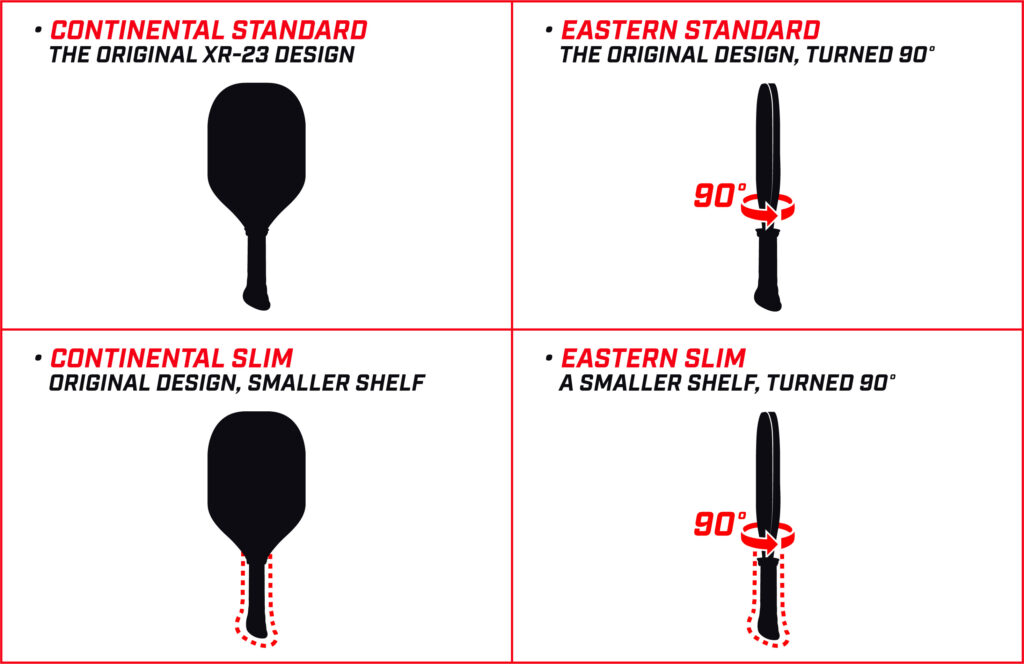
3. Western Pickleball Grip
The Western Pickleball Grip is similar to the Eastern Grip. You just turn your hand a bit more, like flipping a pancake.
How to do it? Turn your hand to the right (or left if you’re playing left-handed). Your pointer finger’s knuckle will be on the third part to the right.
It’s perfect for making solid hits with your forehand and spinning the ball. It’s great for players who need a strong game. But backhand hits might be brutal, and they are not perfect for low shots.
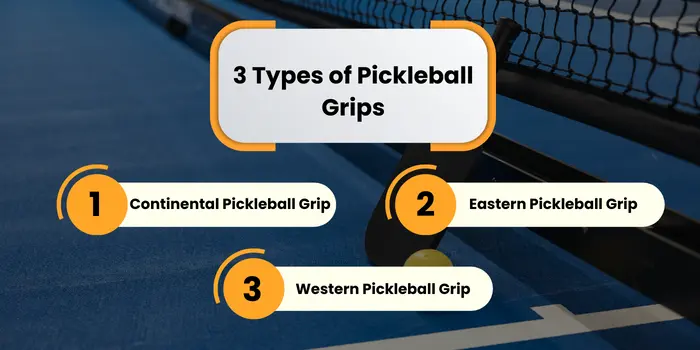
Tips on How to Switch Between Pickleball Grips
In Pickleball, it’s pretty standard that you have to change your grip on the paddle. For that, you need to be mindful of some things. Here are some tips on how to switch between grips in a way that is easy to follow and has zero injury risk:
How to Build a Stronger Pickleball Paddle Grip?
A firm grip is the best way to improve your performance in the Pickleball game. You are vulnerable if you hold your Paddle with the proper grip, but need more strength. Be mindful that a firm grip doesn’t mean a tight grip. I’ll explain this further in the topic. Let’s go over some ways to improve your grip strength in matches.
Do some easy exercises to strengthen your hands when you’re not playing. You don’t need fancy equipment—just get a soft stress ball or stretchy rubber bands. These exercises will give your hands an excellent workout and strengthen them.
During your game, remember to keep your paddle tight enough. Coaches often say you should maintain your grip like having a medium-strength handshake—now not too tender and sturdy. Aim for a grip pressure of around 3-4 out of 10 for better control over your shots.
Try different grips or wraps for your paddle handle to find the one that feels right on your hand.
When holding your paddle, focus more on using your hands than the palm of your hand. This way, you’ll have better control and feel the ball more during your shots.
Add simple hand and forearm exercises for your regular workout. Think of it as giving your hands a little warm-up and getting them ready for action on the pickleball court.
Finding the Right Hold for Your Pickleball Paddle
When gripping your paddle, think gently instead of a tight squeeze. Many players, particularly new ones, generally tend to have it too tightly like they are holding onto something precious.
The key is to keep most of the pressure in your fingers rather than the palm of your hand. Imagine holding a delicate item you want to feel with your fingers. This way, you will have better control over the weight and direction of your shots.
Experiment with the pressure till you find what feels best for you. You need to find the sweet spot that is strong enough but also effective. Too tight, and you lose the feel of the shots; too loose, and you might drop the paddle while swinging. Also, check the Recess Pickleball Paddles Review.
So, the next time you step onto the pickleball court, remember to hold your paddle with a good and effective grip.
Pick the Perfect Size and Feel for Your Pickleball Paddle Grip
Two things make a huge difference in your Paddle Grip: Size and Feel of the Paddle. You need to ensure you are comfortable with both of them to perform your best. Let’s go over the important points on how to find your Best Pickleball Grip:
Finding the Right Size
Regarding pickleball paddle grip size, it’s crucial to find one that feels comfortable and steady. Paddle grips come in different sizes, so try other options to see which fits your hand the best.
Think of it like deciding on footwear—too massive, and you can fall; too small, and it might be uncomfortable. The perfect grip length allows you to hold your paddle with ease and confidence.
Get Comfortable Feel
Pickleball paddle grips come in different materials and textures. Some players like to go with a cushioned grip, while others want a more textured feel. Experiment with all available grips to discover what feels excellent for you.
Your paddle grip must feel like a natural extension of your hand, providing comfort and control.
Adding Over-wraps/Over-grips
If you’ve found the right-sized grip but are unsatisfied with the feel, you can consider putting over-grips on the pickleball paddle. These are unique coverings for your Paddle’s handle and provide extra cushioning and grip.
As you’d personalize your shoes for comfort, you can customize your paddle grip to enhance your playing experience.
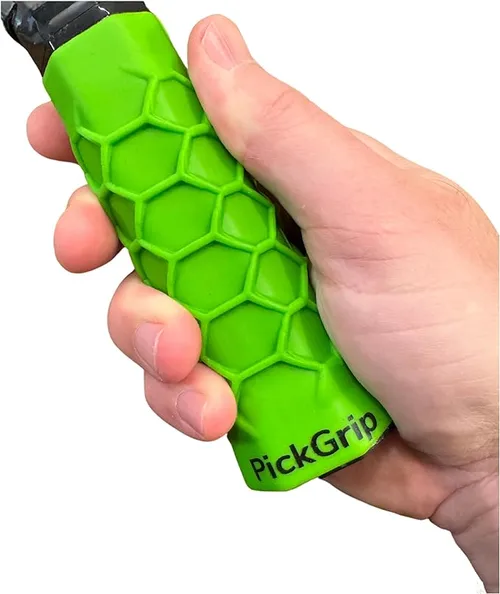
Frequently Asked Questions
Does it matter how I hold the paddle in pickleball?
Holding the paddle the right way allows you to hit the ball more effectively. It makes shots powerful and accurate, and it lets you play different moves.
What’s the best pickleball grip for new players?
If you’re new, go for the Continental grip. It’s easy to learn and works well for hitting the ball both ways. Once familiar with the game, you can start learning other techniques.
Can I change how I hold the paddle during a game?
Yes, experienced players often switch grips mid-game based on the situation. With practice, it becomes natural. You will start changing the grips without even realizing it.
How tight should I hold the pickleball paddle?
Hold the paddle relaxed and loose, with more pressure on the fingers rather than the palm. Professional coaches recommend a grip pressure equivalent to 3–4 out of 10 for better control.
Why should I experiment with different grips on the paddle?
Trying different grips helps you discover what works best for your playing style. Maybe you were never familiar with a new technique, but once you tried it, it turned out to be better and more effective than the previous one.
Conclusion
In a nutshell, how you hold your pickleball paddle is super important! It changes your entire play style. Remember, there are three main grips: Continental, Eastern, and Western. Each has its pros and cons. For new players, starting with the Continental grip is a good idea.
You can switch grips during the game, and ultimately, it becomes necessary to do so. Don’t worry; with exercise and practice, it becomes natural!
Hold the paddle not too tight but relaxed, like holding a big pen with just a bit of pressure. And don’t be afraid to try different grips. You will be ready to tackle every opponent’s move once you grasp different types of grips.

